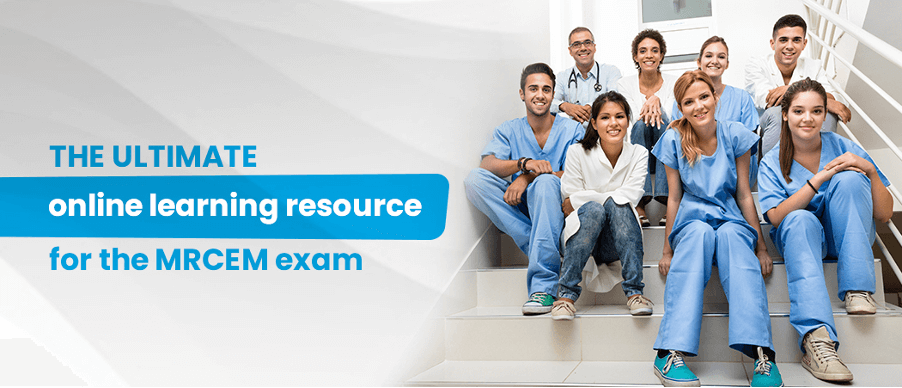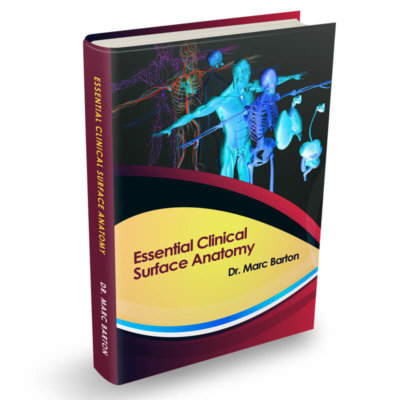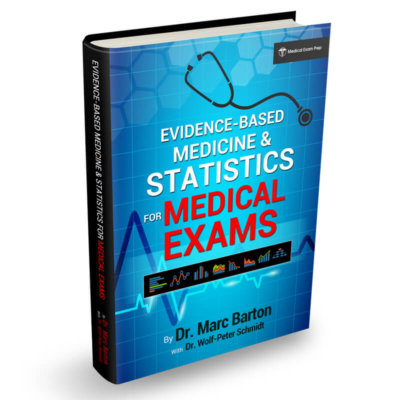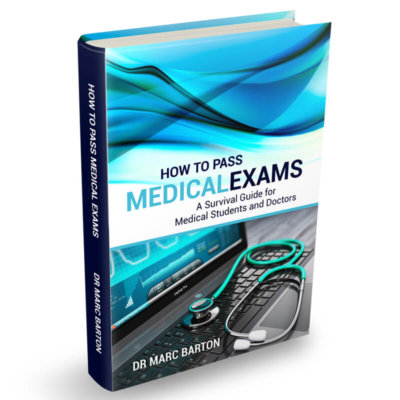We have all been there – piles of notes, looming exams, and that constant overwhelming feeling of “how am I going to remember all of this?” If this describes how you are feeling right now and you have been struggling to figure out a study routine that works for you, this method might be the answer.
The 2357 study method is an innovative strategy designed to maximise your retention, minimise cramming, and, most importantly, make the time you spend studying effective.
Let’s break it down.
What is the 2357 method?
The 2357 method is a structured approach to learning that relies on spaced repetition, a scientifically proven way to help your brain retain information more efficiently. Rather than attempting to shove as much information as possible into your head right before exams (something we have all been guilty of at some point), this method spaces out review sessions at increasingly longer intervals – keeping the information fresh in your mind and reducing the need for late-night cramming sessions.
The magic of 2357 comes from reviewing your study materials at these specific intervals:
- 2 Days
- 3 Days
- 5 Days
- 7 Days
Each time you review the material, the goal is to reinforce what you have already learned so the material transitions from short-term memory to long-term knowledge.
How does the 2357 method work?
- First review after 2 days:After studying something for the first time, whether it is an anatomy lecture or clinical protocol, return to it two days later. This first review is crucial because it prevents your brain from completely forgetting what you just learned. This is where your initial understanding solidifies.
- Second review after 3 days:Now that you have already had your first review, revisit the same material three days after the second one. At this stage, your brain has had a little more time to “cool off” from that information, but it is not too long for the material to feel entirely foreign. Think of this as reinforcing a bridge – you are making sure everything stays connected.
- Third review after 5 days:Five days later, review it again. By now, you should be able to recall the material much more easily, and your understanding should start feeling more second nature. If some weak areas or details aren’t sticking, this is the perfect time to review them again.
- Fourth review after 7 Days:The final review in this cycle is seven days later. After this point, the material will likely have become part of your long-term memory. Of course, depending on the complexity of the material, you might want to add extra review cycles. However, by the time you have gone through the 2357 routine, you should feel confident that you are retaining the core concepts.
Why does the 2357 method work?
The 2357 method combines spaced repetition and active recall, which are both incredibly effective learning techniques. Spaced repetition takes advantage of the “spacing effect,” which shows that we learn better when information is reviewed at timed intervals rather than repeatedly in one go. Active recall forces you to retrieve information from memory, strengthening neural connections and enhancing retention.
For example, let’s say you are preparing for the MRCEM exam and have just covered chest trauma management. Instead of just skimming through your notes or reading the textbook passively, the 2357 method will encourage you to actively quiz yourself or write out key points from memory on days 2, 3, 5, and 7.
Customising the 2357 method for you
One of the best things about this method is how flexible it is. You can easily adapt it to fit your schedule, whether you are a medical student or balancing your studies while working as a doctor. Here’s how:
- Create a study schedule: Plan out your 2357 reviews in advance. You can use apps like Anki or set reminders on your phone to alert you when it’s time to review.
- Combine with other techniques: Mix the 2357 method with techniques like Pomodoro(focused study bursts) or interleaving (switching between different subjects) for maximum efficiency.
- Adapt to your own personal learning style: Everyone absorbs information differently. Everyone absorbs information differently. Whether you are a visual learner who benefits from diagrams and flashcards or a hands-on learner who prefers practical application, you can incorporate these into your reviews at each interval.
Is the 2357 method Right for You?
The 2357 method is ideal for medical students and doctors juggling heavy content loads and unpredictable working schedules and looking for a reliable, low-stress way to retain what they learn. It is beneficial for subjects like anatomy, physiology, and clinical protocols where memorisation is critical, but understanding the context and application of the knowledge is equally important.
With that being said, it is not a quick fix. Like any good study method, it requires discipline and planning. However, the payoff is huge: instead of feeling overwhelmed before exams, you will have a steady grasp of the material throughout your revision cycle.
Final thoughts…
If you are looking to improve your study game, give the 2357 method a try. It takes some upfront organisation but can drastically reduce last-minute cramming stress and help you master the content you need for your courses and exams. Plus, with this method, you are not just memorising for the exam – you are learning for life, which is precisely what being a medical student and doctor is all about.
Happy studying, and may your memory be as sharp as your knowledge!
Thank you to the joint editorial team of www.mrcemexamprep.net for this ‘Exam Tips’ blog post.






